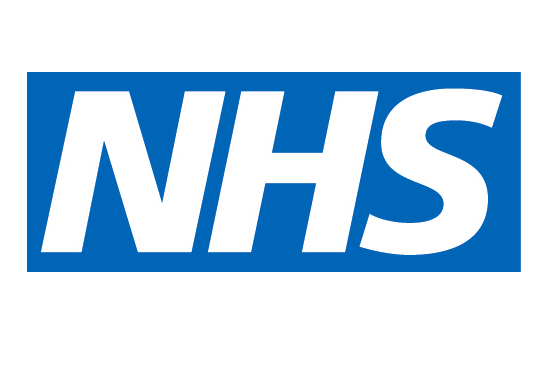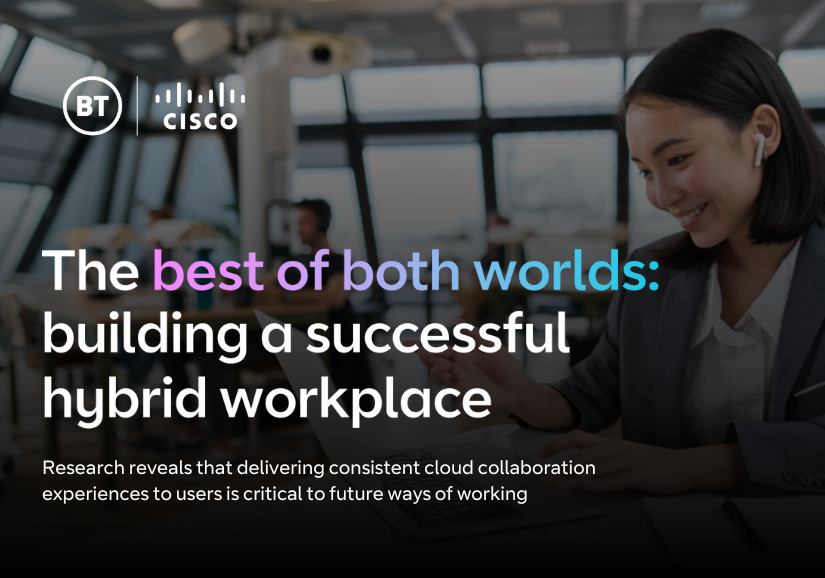Five steps to help cure NHS IT
The nightmare of NHS IT can be fixed. Here's five steps that can help it on its way.


Once those in charge have established a clear strategy and learned how to negotiate, getting contractors who really deliver is the next step. How can you make an IT project a success if you don't even have the equipment in the first place?
CSC found itself under intense scrutiny after being accused of some significant shortcomings. It only managed to deliver the goods in three hospitals over nine years as part of a 3 billion contract, the committee's report said. Even Prime Minister David Cameron warned earlier this year that CSC may not be getting much NHS work in the future.
Luckily for the contractors in that case, it may cost more to cancel the deal than to see it through even if that eventually produces a system about as useful as a surgeon without a scalpel.
Yet for the future, much attention needs to go on who is providing what. If the Government wants to avoid future embarrassment, it needs to pick the right vendor from the start, holding comprehensive procurement processes and making the right choices when going out to tender.
Calls to punt for smaller providers are somewhat misguided, however. They may have the skills and tech ready to go, but delivering on a project as massive as an NHS patient records system will be something of a chimerical task for smaller companies. You need the clout, the workforce and the bank balance to pull off such initiatives.
"You can't have a tiny shop around the corner doing this on a nationwide basis," Wels-Maug said. "You really have to have a CSC or an IBM. If anybody can cope with this, then these guys can."
If the Government wants to avoid future embarrassment, it needs to pick the right vendor from the start.
Get the ITPro daily newsletter
Sign up today and you will receive a free copy of our Future Focus 2025 report - the leading guidance on AI, cybersecurity and other IT challenges as per 700+ senior executives
Admittedly, it appears that in the patient records project the big players didn't do a good enough job. It's not just the prowess of a company that's important, honesty and a proven ability to deliver on time and on budget are vital too.
3. Look to the hybrid cloud
As the NHS has shown before, it's happy to use the cloud. It has a number of projects on the go, including one with young security firm Zscaler. The patient records system is itself a form of cloud computing, providing a single platform for many to access.
Yet the NHS should think about using the cloud more. By taking baby steps rather than diving blindly into public cloud offerings, the NHS would gain both experience and potential monetary benefits.
Obviously, there will be highly sensitive data needed in-house, but evaluating what can and can't be moved would seem sensible. The hybrid model will supplement this, enabling the transition of certain data off-premise, whilst providing the scalability an organisation like the NHS needs.
Greater use of the cloud would also mean less money spent on unneeded capacity or infrastructure, as well as less expense on upgrades if they are handled by the vendor. The technology is there, so why not use it?
"Hybrid cloud systems have the ability to provide dedicated and public cloud products as a combined offering," Torlini said.
"This enables organisations to host their core applications and data on dedicated hardware and then burst into the public cloud to cope with increased demand more cost effectively. This tailored approach also answers security worries that companies might have sensitive applications can be kept in-house in a private cloud, but still benefit from the unlimited flexibility and scalability of public cloud."
As long as the SLAs give the NHS what they need, the hybrid cloud offers a pill to cure at least some of the sick system's symptoms.
Tom Brewster is currently an associate editor at Forbes and an award-winning journalist who covers cyber security, surveillance, and privacy. Starting his career at ITPro as a staff writer and working up to a senior staff writer role, Tom has been covering the tech industry for more than ten years and is considered one of the leading journalists in his specialism.
He is a proud alum of the University of Sheffield where he secured an undergraduate degree in English Literature before undertaking a certification from General Assembly in web development.
-
 Cleo attack victim list grows as Hertz confirms customer data stolen
Cleo attack victim list grows as Hertz confirms customer data stolenNews Hertz has confirmed it suffered a data breach as a result of the Cleo zero-day vulnerability in late 2024, with the car rental giant warning that customer data was stolen.
By Ross Kelly
-
 Lateral moves in tech: Why leaders should support employee mobility
Lateral moves in tech: Why leaders should support employee mobilityIn-depth Encouraging staff to switch roles can have long-term benefits for skills in the tech sector
By Keri Allan
-
 Master the multi-cloud with Global Fabric
Master the multi-cloud with Global Fabricwhitepaper Achieve internet speed and reliability to match your business ambitions
By ITPro
-
 Anatomy of a good meeting
Anatomy of a good meetingWhitepaper And how to eliminate horrid hybrids
By ITPro
-
 The best of both worlds: Building a successful hybrid workplace
The best of both worlds: Building a successful hybrid workplaceWhitepaper Research reveals that delivering consistent cloud collaboration experiences to users is critical to future ways of working
By ITPro
-
 uSwitch: UK miles away from superfast broadband targets
uSwitch: UK miles away from superfast broadband targetsNews The UK is no way near getting Government targets on superfast broadband, according to a uSwitch report, but BT thinks the research is rubbish.
By Kellan Howell
-
 IT Pro Start-Up Tour: Zscaler
IT Pro Start-Up Tour: ZscalerNews The NHS has placed trust in cloud-based security - should your business follow suit and sign up with Zscaler?
By Tom Brewster
-
 Cloud computing to go mainstream in 10 years?
Cloud computing to go mainstream in 10 years?News Executives from the technology industry believe it'll be a while yet before cloud computing becomes the norm.
By Jennifer Scott
-
 Vendors must help with confusion over cloud computing
Vendors must help with confusion over cloud computingIn-depth IT pros are apparently confused by the cloud, and the different ways IT services providers view it isn't helping.
By Miya Knights
-
 West Wales hospital cuts servers with virtualisation
West Wales hospital cuts servers with virtualisationNews New tech takes hospital from 40 to three servers while boosting services for staff and patients.
By Miya Knights